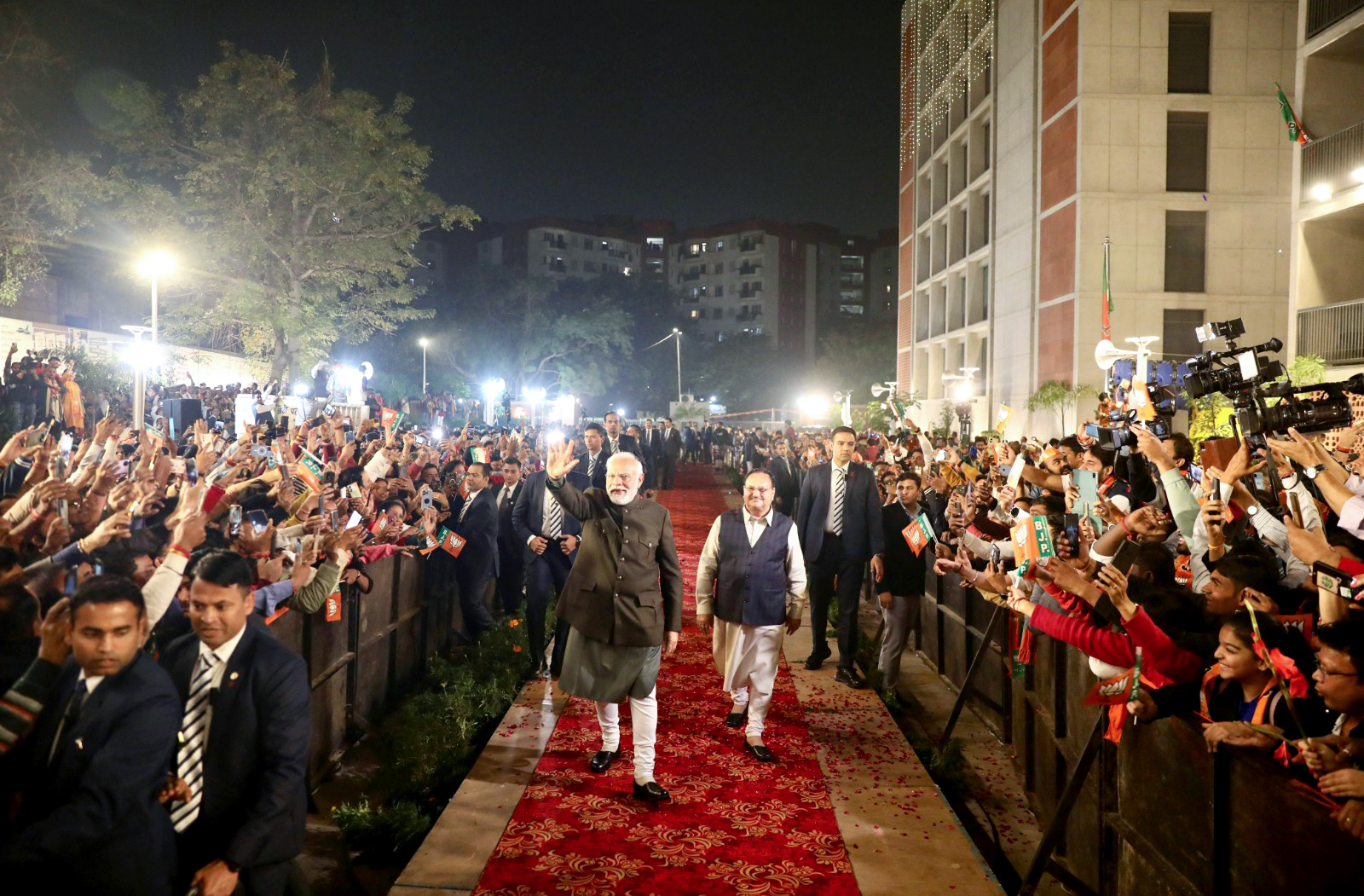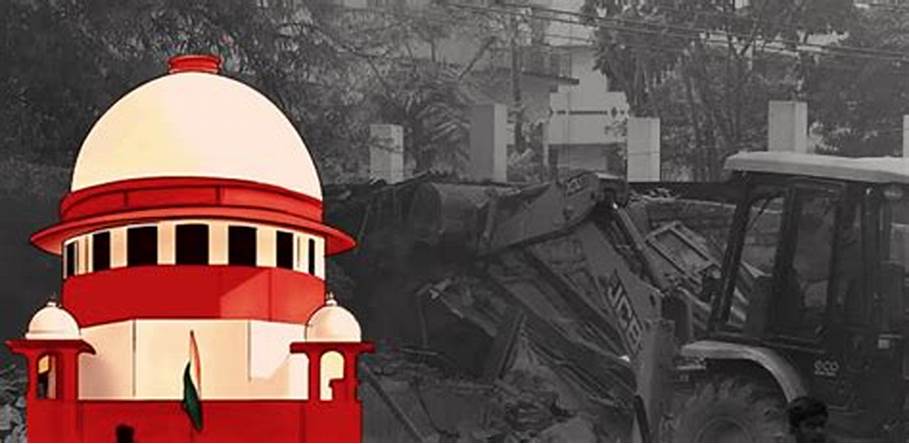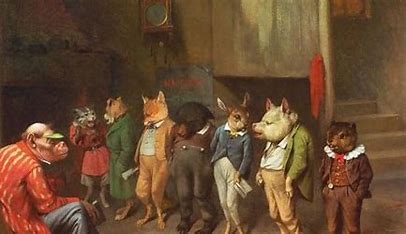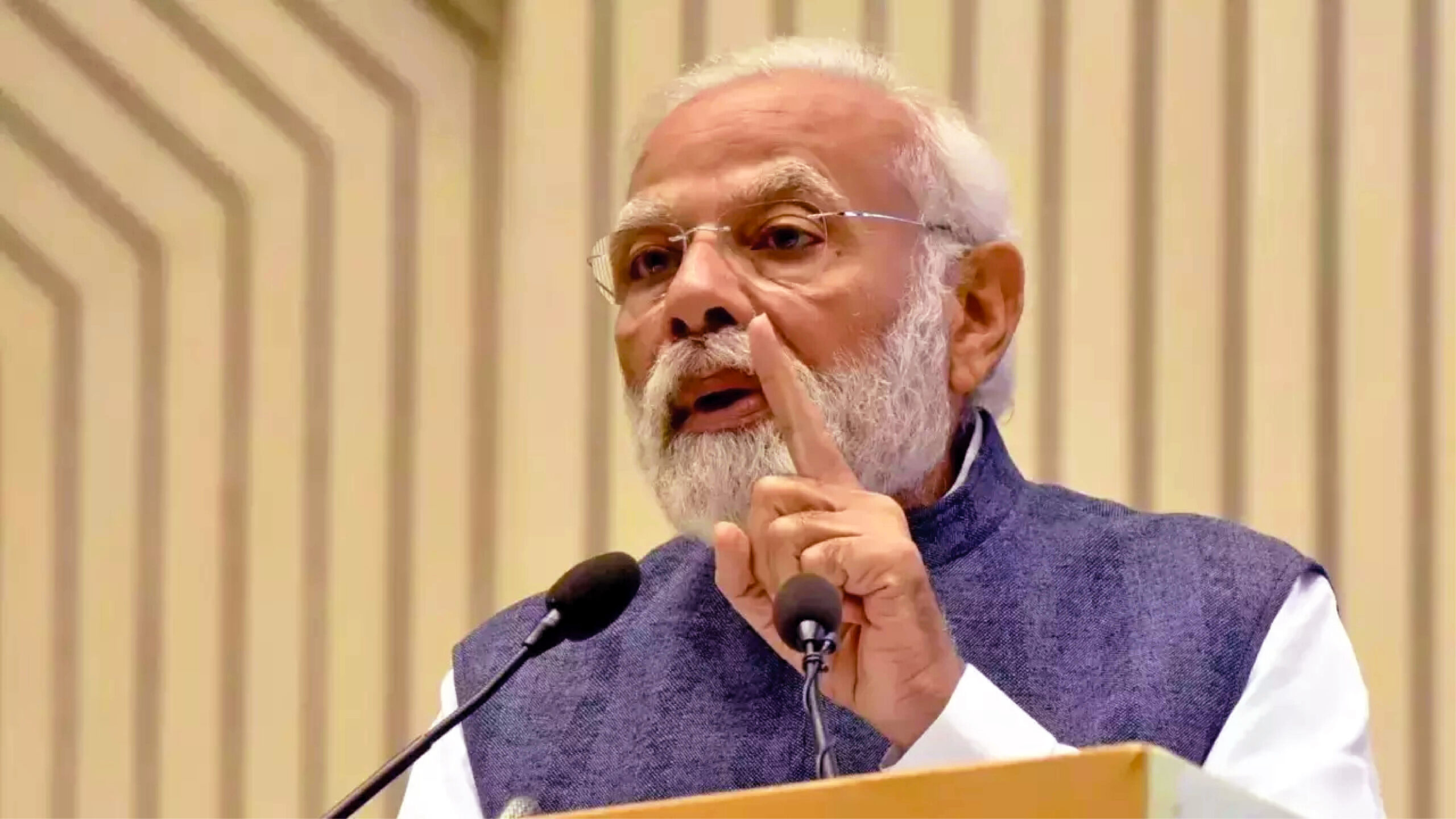
Fiction writers would teach how important it is to ‘show’ an audience (reader or listener) and not resort to mere ‘telling’ for effective real-life storytelling/ narratives. In creative writing it is very important to construct mental images of believable pictures and compelling characters for a reader to go on turning the pages. Piquing a concern in the reader’s mind by creating conflicts and uncovering sensitive facts are other impactful ways to establish a direct connect and take the reader through hundreds of pages.
Transposing this principle to the realm of political oratory, the strategic use of carefully chosen words—spoken or written—that resonate with the common person and create a picture in his/her mind establishes a connection. Painting mental images wherein people/voters, can see how a proposed action or policy will directly impact their everyday live is a far more effective communication than simple enlisting of facts or directives.
The Modi phenomenon is undoubtedly multifaceted, but, in my perspective, his communication skills stand out as a paramount factor. These skills have shaped a public attitude, employing a strategy that emphasizes “showing” rather than “telling” in an authorial voice using people’s perspective.
The speeches delivered by the esteemed Prime Minister have effectively conveyed the party’s actions and agendas to the masses. During the evening speech at the BJP party office in Delhi on December 3rd, the Prime Minister went beyond mere presentation. It also did not just keep to ‘showing’ to create a picture in the minds but it worked on further taking the story/ narrative forward. Expressing gratitude to the BJP workers in Telangana for having been able to secure eight seats in the state and incorporating Telugu sentences in his speech show Modiji’s attempt to reach out to the people of the state; and this itself creates a connect quite faster than we would like to believe. This also indicates that the tallest national leader is already preparing for the next assembly and the next parliamentary election.
The strategic delivery of appropriate messages on significant occasions has played and will continue to play a pivotal role for the party. Our country can now boast of agile leadership with high emotional IQ. Any party trying to compete with this, must be at least as agile if not more. But this also means that such agility stems from intense attention to detail (that again is born out of genuine interest) for a profession or for love of his/her countrymen. The saffron party’s preparation for elections is like an academically brilliant student keeping her/himself ready for examination at any time in a short notice.
Another valuable guiding tenet borrowed from fiction writing is the principle of “Believe in people’s intelligence.” Avoid stating the obvious, and repetitive information is highly undesirable. Instead, leave room for individuals to piece together information, allowing them to make sense of it and contribute their own thoughts to weave the complete narrative. BJP has successfully done this over the years and results are there to see.
One more lesson from creative writers is to avoid creating insipid narration by peppering it with conflicts in order to bring in the drama. So, if there’re no conflicts in your political narration, you must create a few in order to bring forth the excitement and keep people interested in you and moving ahead meaningfully.
The other most important or the bedrock of Fiction writing is the narrative voice which can be a Reliable voice and Unreliable narrative voice. Though in fiction an unreliable voice/ character taking a story forward maybe more gripping leading to success, but in politics the reverse is true. Establishing a reliable voice goes a long way in a relationship with the masses.
Regarding the issue of a caste-based census, Modiji’s perspective, highlighting four specific segments of the population—women, farmers, the economically disadvantaged, and the youth—touches sensitive chords with the public. This stance not only resonates with the minds of millions of logically thinking people but also reflects a progressive, development-oriented mindset. Modiji’s mention of these four groups earns him political points, demonstrating that the party has diligently gauged the pulse of the people. And there is hope for a caste-based-reservation free processes for academic institutes and jobs.
There might be significant obstacles to the implementation of the women’s bill, but women nationwide view it as a commendable effort toward their welfare. The Prime Minister consistently emphasizes women’s welfare in his speeches, delving into specific “use cases” where he illustrates the challenges women face, often without the awareness of fathers or husbands. This approach fosters a strong connection with women voters, whether in rural or urban areas.
The contemporary digitally savvy electorate can discern mere politics and real development work or even an attempt doing so. The last two builds a trust connection. Once it’s done, people are even willing to overlook their leaders’ mistakes. This fact was evident in the past during the Great Indian Demonetization, where despite the hardships faced by the poor and middle class, individuals endured without negatively attributing blame to the leader behind the decision. A similar scenario unfolded after the second wave of the Covid-19 crisis.
The term “Modi guarantee” now resonates with people, reflecting their experience during the pandemic, particularly the well managed first wave of it and the successful vaccination drive. The efficient management of vaccine roll-out, and the swift implementation of the Cowin software for administering primary and multiple booster doses have left a lasting impression on the multitude.
Another lesson is to avoid jaded words or metaphors for a lively narrative. Caste arithmetic has traditionally played a crucial role in Indian elections. However, recent election outcomes suggest a maturation in the Indian electoral landscape, indicating that the people of the digital era have transcended traditional caste sentiments. The once-effective social engineering tactics employed by the Congress now is outdated, and even the freebies or distribution of cash or gifts is proving to be ineffective in contemporary India.
Besides the above, the power words have its own place. Welfare initiatives introduced by the current Prime Minister are noteworthy, where the names of the schemes themselves sound like slogans and create an image in itself. Schemes such as Ladli Behena Scheme, Sadhna Tapasya Sankalp, Pradhan Mantri Mudra Yojna, Pradhan Mantri Atmanirbhar Bharat Abhiyan, Har Ghar Nal Yojna, and others stand out in this regard.
Lastly, words used in corporate business houses like work track record, leadership attributes, responsible leadership, quality work delivery, delivery on time, streamlined analysis, project road maps, delivery milestones, deadline are what the country’s people today relate to or like to associate with. The sense of a need for result oriented approach and immediacy are perceptible in the population which the ruling government understand to the core but the INDIA alliance has to yet come to terms with.















